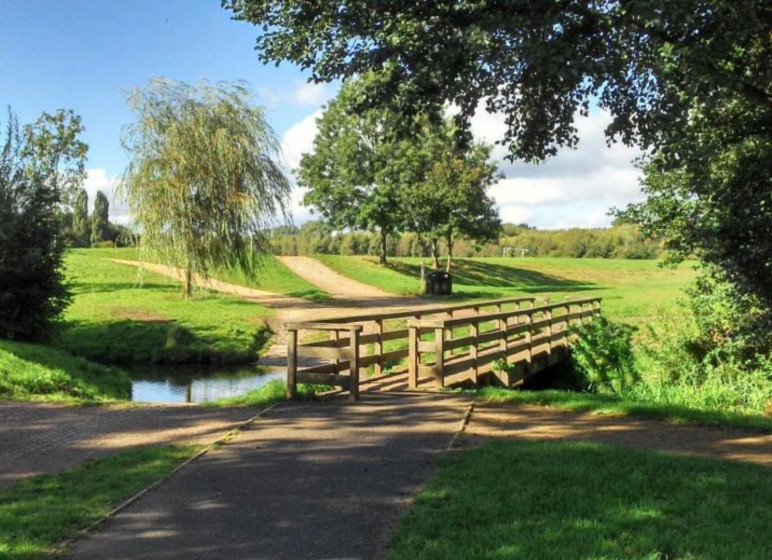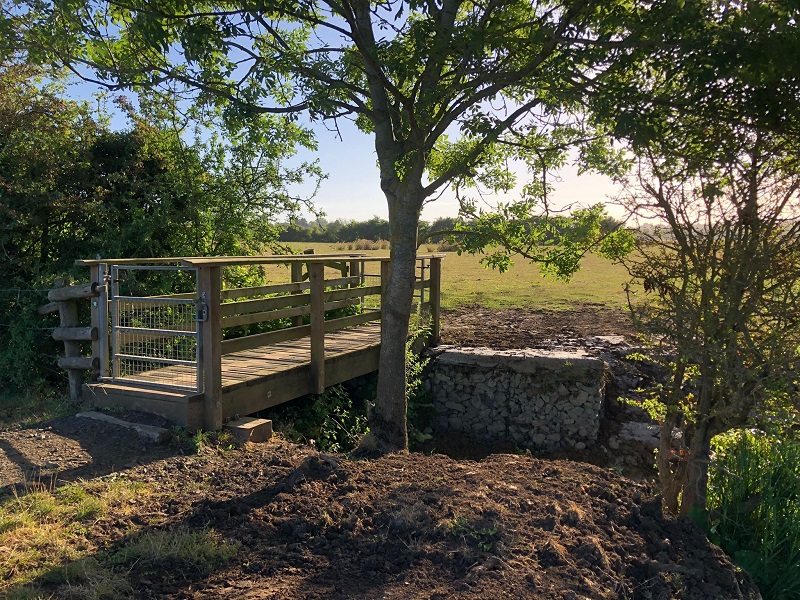
Recording, changing and closing public rights of way
Landowners, including developers, Parish or District Councils, can also create a new right of way.
The Definitive Map and Statement (DMS) can be changed by the addition of a previously unrecorded right of way, by the upgrading, downgrading or removal of a right of way or by the diversion of an existing way. It is also possible to create new rights of way and also to extinguish existing ones.
Changes to the DMS are made by legal events following statutory procedures set out in the Wildlife and Countryside Act 1981, the Highways Act 1980 and the Town and Country Planning Act 1990, which regulate the making of such Orders.
Orders to modify the DMS to add unrecorded rights of way or upgrade, downgrade the status or remove an existing right of way, based on evidence that there is an omission or error on the map, are called Definitive Map Modification Orders.
Orders to modify the DMS by diverting or extinguishing an existing right of way, or creating a new right of way, are called Public Path Orders.




 Facebook
Facebook Twitter
Twitter Email
Email WhatsApp
WhatsApp Messenger
Messenger